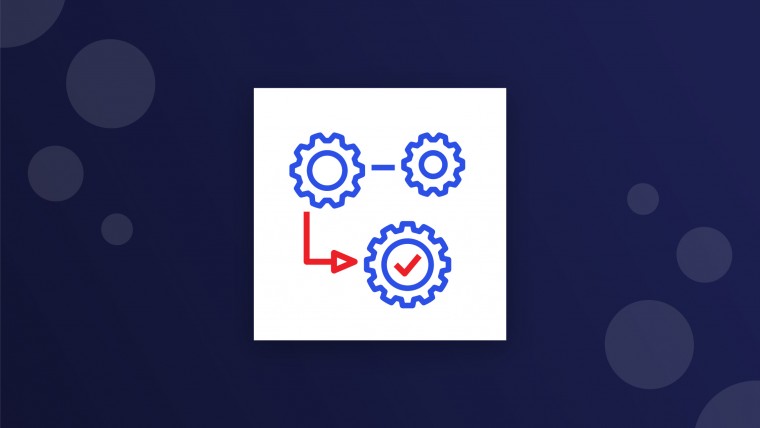Cost Management for strategy execution is an extremely complex process that begins very early during a project life cycle, long before its start. It is an essential aspect of the planning process. It focuses on the appropriate estimation, allocation, and control of project costs. Costs are projected during strategy formulation as a cost management plan. When a strategy is executed, expenses are tracked and paid. Once the project is over, a review is carried out comparing initial estimates with actual costs. This information is then later used to guide future project planning and can contribute to determining how successful the project was done.
Basic principles of cost management for strategy execution
Understanding the project and its scope
To ensure effective cost management during strategy execution, there needs to be a clear and concise definition of the project and the scope of work that will be carried down. Having this level of detail will ensure that sufficient resources are allocated to achieve the desired strategic goals. It will also require those in leadership that are responsible for strategy formulation to seek input from those at operational levels. This will better guide their cost estimates and ensure they provide sufficient resources to those that will actualize strategic plans.
Estimating risks
When undertaking any new strategy, there are bound to be many moving parts. Unexpected changes can occur both inside and outside the organization that would affect the ability to achieve strategic goals. From changes in staffing levels to new government regulations, the range of impact can vary widely. For experts in the industry, many of these potential risks can be estimated.
When undertaking cost management in project management, it is vital to develop contingency plans that will seek to minimize the impact of these risks and ensure there are sufficient resources to back this up. A thorough assessment of potential risks must be done and what it will cost to address them effectively.
Choosing the right project manager
Cost management is a specialized skill that is not often found in the workplace. Project managers are tasked with the responsibility of cost estimation and budget cost control. To effectively carry out this role, they need to be trained and have relevant experience. Organizations can choose to hire such professionals as part-time or full-time employees. This can however prove to be a prohibitive expense, especially for SMEs.
A good solution lies in engaging a consulting firm like MicroAgility that can extend the services of expert project managers, who have the requisite knowledge and experience in the application of various cost management techniques. They can work on a project basis and possess the skills for estimating costs, planning budgets, monitoring spending, and reporting on potential risks. They also know how to track the progress of projects, ensuring that budgets are adhered to, thereby ensuring maximum profitability.
Stakeholder communication and acceptance
Part of strategy success depends on all the stakeholders understanding what the plan is and how it relates to their roles. This includes the various types of costs that are likely to arise during execution. Project managers should seek the input of stakeholders when making estimates. Their contributions will be valuable in ensuring accuracy. It should also be reflected in the budgets that are set. In this way, they know they are being accorded the resources they need to achieve the goals set out.
There should be a free flow of communication that ensures all participants to the project execution understand what their role is. This may be difficult where the organizational culture does not accommodate such easy communication. It is for the project manager to liaise with management to see how this process can be facilitated for success to be achieved.
Accountability
To allow for good monitoring and control of budgets, project managers need to introduce an applicable accounting system and coding scheme. This system should enable participants to easily document and track their expenses. It should also be compatible with the organization’s existing management information system to allow for easy sharing of data and analysis.
4 Steps in cost management for strategy execution
1. Resource Planning
This happens right at the beginning when the resources needed to execute a project are identified. This includes personnel and equipment. It is common for organizations to find they lack the right talent from within their ranks to effectively carry out a project. It should be part of cost management to consider the cost of engaging such talent from outside.
There is the option to hire such people on a full or part-time basis. However, such professionals can be quite expensive to employ this way. Another option is to simply engage a consulting firm, just for the duration of the project. Firms like MicroAgility provide businesses with consultants that specialize in a myriad of areas. If hoping for an even more affordable option, then consider online consulting platforms like iAgility. Businesses that choose this option benefit from the expertise of a verified and qualified consultant who can work on their project remotely.
2. Cost Estimation
Once you have a clear idea of the resources needed to carry out a project, you then need to delve into quantifying the cost of acquiring them. This will require a detailed breakdown to ensure maximum accuracy. Data from past projects and industry benchmarks can help in reducing the difference between actual and estimated costs. Project managers will also need to account for potential risks as the project is ongoing and how to mitigate them. The costs associated with these actions should also be factored in. Various cost management tools and models can be used to organize this.
3. Cost Budgeting
After establishing the resources and how much they will cost, the next step is in budgeting. This refers to allocating costs according to the various time periods, departments, functions, and individuals. This deeper breakdown makes it easier to measure and track costs. It also enables organizations to better fund their projects as they can match up costs to expected cash flows. Not many organizations have the resources to completely fund projects at their inception. This approach allows them to keep the project going as cash flow trickles in.
4. Cost Control
This process calls for project managers to keep reviewing spending and ensure it does not diverge from the budgets allocated. Cost control is an ongoing process and heavily relies on timely updates and clear reporting. Expenditures should not widely vary from cost baselines. Thresholds should be set to know when corrective action should be taken.
Conclusion
Cost management is an important aspect of strategy that provides measurable results. The data it provides can also help to determine the success of the current project and provide valuable metrics to guide the future planning of new projects. With the right expertise, resources, and technology, there is a much better chance of successful strategy execution. That’s why it’s important to identify the right talent and resources before the project begins to increase your chances of it succeeding.
Unfortunately, trying to recruit such talent can be prohibitively expensive, even on a part-time basis. Working with a consultant is however more favorable. You gain access to a professional that will work for a designated period and will train your staff. Consulting firms like MicroAgility provide experts with whatever skills and talents you need for successful strategy execution. Another option is to explore an online consulting platform like iAgility, where you can work through an online platform to find consultants.
Feel free to explore your options to identify which is the best route for you. Good luck with the execution of your strategy, if there’s anything our team can do to help, let us know!
If you want to learn more about strategy execution, explore our other blog articles here…







